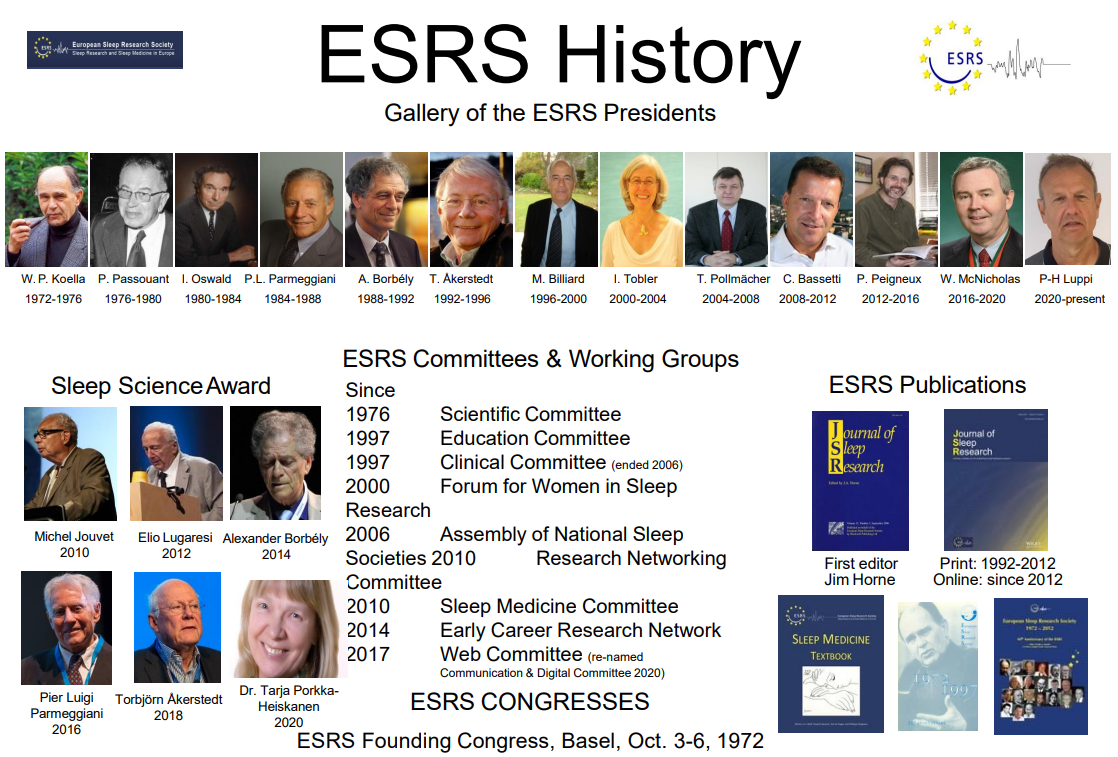- MEMBERSHIP
- EDUCATION & EVENTS
- PUBLICATIONS
- SCIENCE & RESEARCH
Science & Research Offers
Previous slideNext slide - ABOUT US
About ESRS
Organisations
Media and Press
Swansea University Sleep Laboratory - Swansea University
Swansea University Sleep Laboratory
CURRENT ANNOUNCEMENTS:
2 bedroom sleep laboratory specialising in instrumental awakenings to elicit dream recall; large lounge, kitchen and bathroom facilities to enable sleep deprivation studies to be conducted.
Dreaming; Nightmares; Sleep Deprivation.
Blagrove, M., Seddon, J., George, S., Parrott, A.C., Stickgold, R., Walker M.P., Jones, K.A. & Morgan, M.J. (2011). Procedural and declarative memory task performance, and the memory consolidation function of sleep, in recent and abstinent ecstasy/MDMA users. Journal of Psychopharmacology, 25, 465-477.
Blagrove, M., Fouquet, N.C., Henley-Einion, J.A., Pace-Schott, E.F., Davies, A.C., Neuschaffer, J.L., & Turnbull, O.H. (2011). Assessing the dream-lag effect for REM and NREM stage 2 dreams. PLoS ONE. doi:10.1371/journal.pone.0026708.
Blagrove, M., Henley-Einion, J., Barnett, A., Edwards, D. & Seage, C.H. (2011). A replication of the 5-7 day dream-lag effect with comparison of dreams to future events as control for baseline matching. Consciousness and Cognition, 20, 384–391.
Fisher, S. Lewis, K.E., Bartle, I., Ghosal, R., Davies, L. & Blagrove, M. (2011). Emotional content of dreams in obstructive sleep apnea-hypopnea syndrome patients and sleepy snorers attending a sleep-disordered breathing clinic. Journal of Clinical Sleep Medicine, 7, 69-74.
Blagrove, M., Bell, E., & Wilkinson, A. (2010). Association of lucid dreaming frequency with Stroop task performance. Dreaming, 20, 280–287.
Blagrove, M., Morgan, C.J.A., Curran, H.V., Bromley, L. & Brandner, B. (2009). The incidence of unpleasant dreams after sub-anaesthetic ketamine. Psychopharmacology, 203, 109–120.
Blagrove, M. & Fisher, S. (2009). Trait state interactions in the etiology of nightmares. Dreaming, 19, 65-74.
Blagrove, M. (2009). Dreaming – motivated or meaningless? The Psychologist, 22 (number 8; August), 680-683.
Blagrove, M.(2007). Personality and dreaming. In D.Barrett & P.McNamara (Eds.) The new science of dreaming, volume 2: Content, recall, and personality correlates (chapter 5, pp.115-158). Westport, CT: Praeger Publishers.
Blagrove, M., Blakemore, S-J., Thayer, B.R.J. (2006). The ability to self-tickle following Rapid Eye Movement sleep dreaming. Consciousness and Cognition, 15, 285-294.
Blagrove, M., French, C.C. & Jones, G. (2006). Probabilistic reasoning, affirmative bias and belief in precognitive dreams. Applied Cognitive Psychology, 20, 65-83.
Blagrove, M. & Haywood, S. (2006). Evaluating the awakening criterion in the definition of nightmares: how certain are people in judging whether a nightmare woke them up? Journal of Sleep Research, 15, 117-124.
Blagrove, M., Farmer, L. & Williams, E. (2004). The relationship of nightmare frequency and nightmare distress to well-being. Journal of Sleep Research, 13, 129-136.
Bromley, LM, Brandner, B, & Blagrove, M. (2003). Sleep quality following general anaesthesia. Anaesthesia, 58, 1123-1124.
Lewis, K.E., Blagrove, M., & Ebden, P. (2002). Sleep deprivation and junior doctors’ performance and confidence. Postgraduate Medical Journal, 78, 85-87.
Blagrove, M. & Akehurst, L. (2001). Personality and the modulation of effects of sleep loss on mood and cognition. Personality and Individual Differences, 30, 819-828.
Blagrove, M. & Hartnell, S.J. (2000). Lucid dreaming: Associations with internal locus of control, need for cognition and creativity. Personality and Individual Differences, 28, 41-47.
Blagrove, M. & Akehurst, L. (2000). Effects of sleep loss on confidence – accuracy relationships for reasoning and eyewitness memory. Journal of Experimental Psychology: Applied, 6, 1-21.
Blagrove, M. & Akehurst, L. (2000). Personality and dream recall frequency: further negative findings. Dreaming, 10, 139-148.
Chivers, L. & Blagrove, M. (1999). Nightmare frequency, personality, and acute psychopathology. Personality and Individual Differences, 26, 843-851.
Blagrove, M., Owens, D.S., Macdonald, I., Sytnik, N., Tucker, P. & Folkard, S. (1998). Time of day effects in, and the relationship between, sleep quality and movement. Journal of Sleep Research, 7, 233-239.
Brandner, B., Blagrove, M., McCallum, G., and Bromley, L.M. (1997). Dreams, images and emotions associated with propofol anaesthesia. Anaesthesia, 52, 750-755.
Blagrove, M. (1996). Effects of length of sleep deprivation on interrogative suggestibility. Journal of Experimental Psychology: Applied, 2, 48-59.
Blagrove, M., Alexander, C. and Horne J.A. (1995). The effects of chronic sleep reduction on the performance of cognitive tasks sensitive to sleep deprivation. Applied Cognitive Psychology, 9, 21-40.
Blagrove, M. (1992). Dreams as the reflection of our waking concerns and abilities: a critique of the problem solving paradigm in dream research. Dreaming, 2, 205 220.


